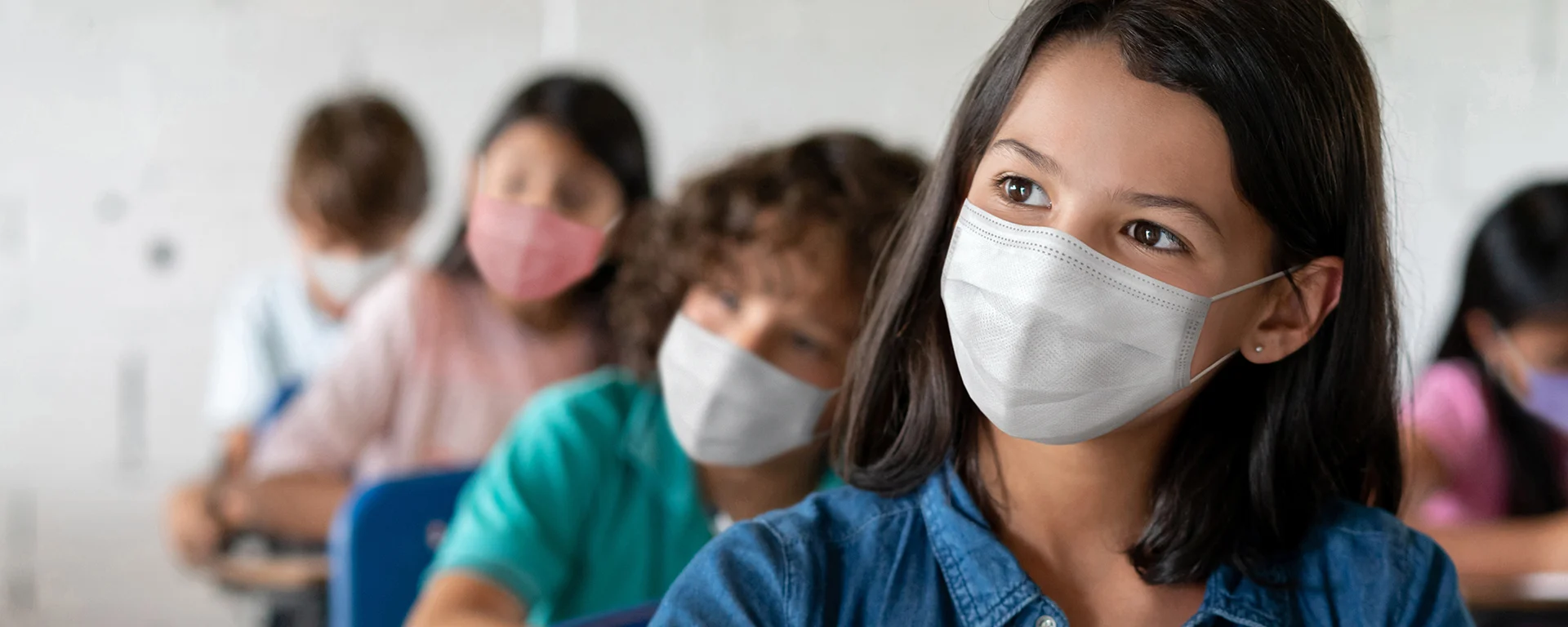Location Matters | Updates to the Workplace Testing Planner Help Make K-12 Schools Safer
The Workplace Testing Planner has two new inputs that make its COVID-19 testing recommendations even more personalized for your school (or workplace): The number of people participating in your testing program and your location. Check it out!
As of September 20, 2022, this post will no longer be updated.
August 2022: Per updated CDC guidelines, when COVID-19 Community Levels are high (you can check that here), screening testing is suggested for students and adults involved in high-risk activities such as close-contact sports, band, singing, and theater. If levels are high, school-wide screening testing is also recommended at key times of year, such as when students return from breaks and when large gatherings like prom are coming up.
We're about a quarter of the way through the school year (or a third of the way, depending on where you live). Kids ages 5 – 11 can now get vaccinated (yay!). Wasn’t the COVID-19 experience supposed to be easier by now?
Unfortunately, with case counts rising in some areas and falling in others, and guidance regarding masking, distancing, contact tracing, and testing varying from place to place, it can be harder than ever to know how best to keep your K-12 school as safe as possible for in-person learning. The WhenToTest Workplace Testing Planner can help – now with two new functionalities that make this tool even more useful in the school setting than before.
People Being Tested
While we all wish that everyone in our schools would sign up for COVID-19 screening, that rarely happens (the exceptions are districts such as Baltimore City Schools, where testing is required for in-person learning).
Thanks to a recent upgrade, the results you receive from the Workplace Testing Planner now take your level of testing participation into account. When you start the Planner, your first input includes not just the total number of people in your school – it also asks you for the number of people who will be participating in your testing program (green box below). Don’t worry if you don’t have exact numbers at your fingertips. If you’re not sure, you can estimate the percentage of your population that you think will be participating.
Location
As it has throughout the pandemic, the level of COVID-19 transmission in the community continues to vary greatly from place to place. Since the level of COVID-19 in a school reflects the level of disease in the community around it, knowing the “COVID weather” in your area is critical.
The Planner now looks up that information for you. All you have to do is enter the state and county in which your school is located (green box below); the Planner then uses a sophisticated machine-learning model to estimate the true prevalence of COVID-19 in your area and plug that into its calculations. (Two exceptions: If your school is in a US territory or outside the US, you’ll still need to know whether you’re in a hotspot or not. But don’t worry – we’ve included links that will help you find that information easily.)
Keep Track of Your Testing Needs
Once you’ve input the number of people being tested, your location, and the four mitigation strategies we covered in our series, Four Steps to Fewer COVID-19 Outbreaks, the WhenToTest Workplace Testing Planner will show you how frequently your school needs to screen for COVID-19 in order to reduce the chance of an outbreak.
Case levels continue to change over time, which means your school’s need for testing will change, too. The data the Planner uses to estimate the disease prevalence in your area is updated frequently, for exactly this reason. By periodically checking your results with the Planner, you can make sure that the testing protocol you have in place is still adequate for your needs.






